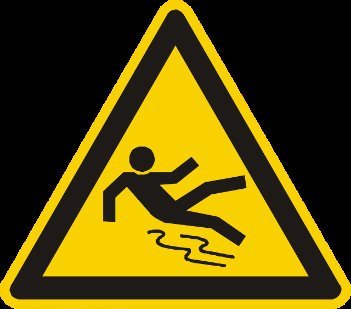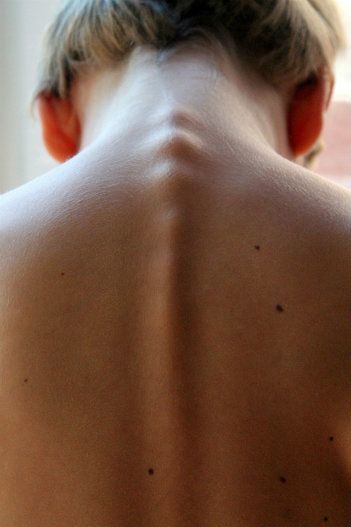Why Spinal Cord Injuries Are Common In Slip and Falls
The dangers of slip and fall injuries extend beyond the common reports of head injuries and broken bones. Many slip and fall accidents result in often permanent spinal cord injuries. In fact, according to statistics recorded by the National Spinal Cord Injury Statistical Center, 30% of spinal injuries are caused by falls. Most of these injuries result in incomplete tetraplegia while a small portion of them can lead to patients being completely paralyzed.
How A Slip & Fall Can Hurt The Spinal Cord
To understand the damage that can occur during a slip and fall it is important to understand how the accident often happens.
We rely on friction to keep us moving forward with every step. Encountering a surface that offers less friction, such as a surface on which liquid has been spilled or where the surface is smoother, causes our foot to slide over the surface more quickly. Most often we have no time to compensate and our shift in weight results in catastrophe. The impact tends to be hard and fast.
The Anatomy of the Spinal Cord
The spinal cord is the hub of nerves for your entire body below your neck. It is a fragile support system that works because it is protected from outside forces. There is constant interaction between the brain and the extremities through thousands of nerves that pass through the spinal column to different areas of the body.
An injury to any part of the spine or the muscles that surround and support it disrupts the communication of those nerves, and just like a cell phone that loses signal and no longer functions when nerves cannot communicate with different muscles in the body, those muscles can no longer function. Even a small tear or contusion to the cord can cause temporary or permanent loss of sensation to all parts below that point of the spinal cord.
Unlike other tissues in the body, nerve tissue does not regenerate quickly if at all. Unfortunately, this entails that even with extended physical therapy and advanced surgical procedures, the person who suffered the spinal cord injury will never be the same again.
Slip And Falls And Spinal Injury
Slip and falls are generally characterized as a sudden impact of 150 pounds or more onto a hard surface. Most people don’t have time to put their arms out to cushion the fall; therefore, the entire force often hits the center of the back. This much force to any area of the body will result in inflammation and contusions. When it’s applied to the spine, it could cause fractures to one of the vertebra or damage to the ligaments surrounding the spine. A simple fracture is all that’s needed to damage the delicate nerve tissue, given the fact that any fragment of fracture bone can turn into a sharp knife and cause damage to the spinal cord.
Another concern is latent injuries, which as their name suggests, are ailments that don’t manifest until days, weeks, or even months after the original injury. Even experienced family doctors may miss these, which is why it’s important to consult a specialized medical professional after suffering a slip and fall.
For older people, the chance of spinal injury is greater because their bones and ligaments are often not as strong or flexible. In fact, most spinal injuries in seniors over 65 are caused by falls.
Avoiding Spinal Cord Injuries
The most simple way to avoid spinal cord injuries is to remain vigilant of your surroundings and ensure the safety of the 
- clean up spills immediately
- maintain a clear and unimpeded walkway
- provide a warning to others if the floor is wet
- clean floors regularly and repair when needed
Spinal cord injuries are common during slip and falls and don’t always result in immediate injury. Sometimes a slip and fall results in what is initially dismissed as a minor injury. Over time, the injury worsens and can eventually affect mobility. If you are concerned about back pain after a slip and fall injury and you start feeling pain, experiencing numbness or even weakness then it is important you visit a health professional to ensure that you haven’t suffered a serious spinal injury.
